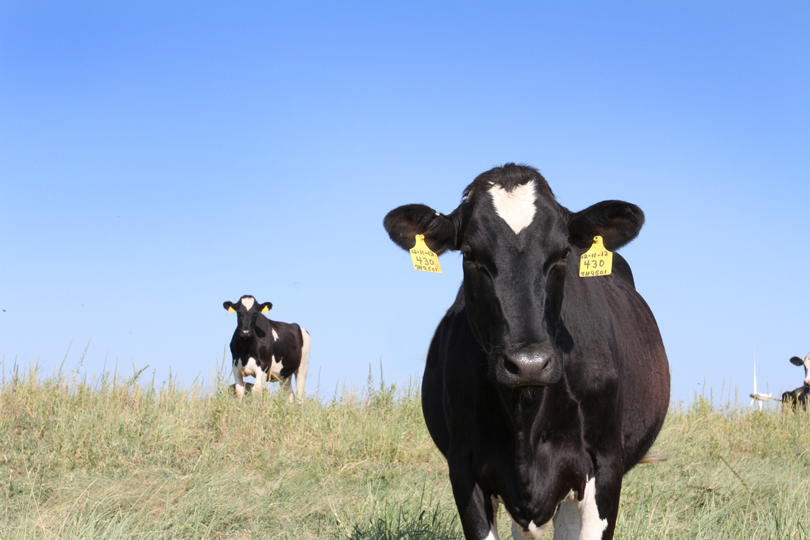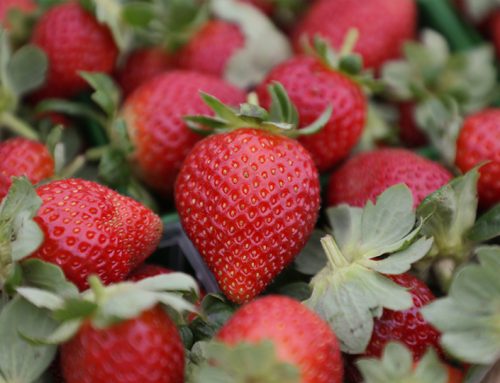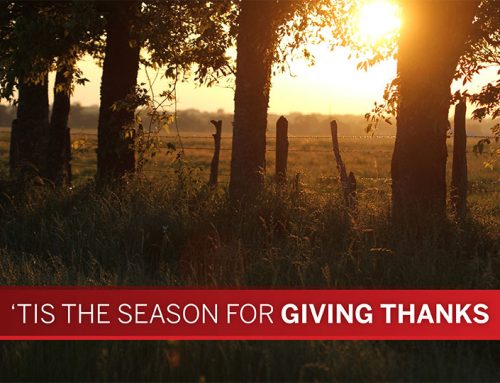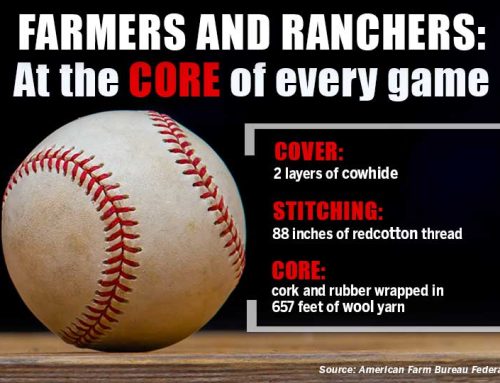By Jennifer Whitlock
Ahhh, January. The start of a new year, and a time when many of us turn to cleaning up our diets in hopes of shedding a few pounds and getting healthier.
But dietary advice is so confusing! Everywhere we turn, it seems like there’s something we shouldn’t be eating. Low-carb, low-fat, low-protein, low…dairy?
Yep. The war on good food has extended its clutches to dairy, with many so-called diet experts saying we should totally omit that creamy deliciousness for good.
Opponents claim dairy has major negative environmental impacts, is not heart-healthy, can cause cancer and inflammation, is worse for you than plant-based substitutes and all kinds of other misinformation.
But here’s the truth: dairy has a place in a healthy diet.
Nutrition
Dairy is not the nutritional enemy it’s often portrayed to be. In fact, it’s quite the opposite.
Milk contains 13 essential nutrients and minerals.
With calcium, potassium, phosphorus, niacin, zinc, iodine, selenium, vitamins A, B5, B12 and D, riboflavin and protein, milk offers a wonderful nutritional boost to our daily lives. Strong bones, healthy muscle and nerve function and better immune health are just some of the benefits of intaking adequate amounts of these nutrients.
Dairy milk is the top food source of calcium in the American diet. Calcium is naturally occurring in milk, but plant-based substitutes are mostly fortified. And those substitutes usually contain calcium absorption inhibitors.
Milk contains eight grams of protein per 8-ounce serving, whereas many almond, oat, rice or other plant-based substitutes offer only anywhere from one to three grams.
And many dietitians—people who are board-certified food and nutrition experts—recommend dairy as a source of high-quality, complete protein, thanks to the full essential amino acid profile found in milk’s protein structures.
Environmental impacts
Sigh. It seems like anywhere you turn in agriculture, someone is making false claims and inaccurate statements about farmers and sustainability. Dairy farmers have made great strides in sustainability since the mid-1900s. Now, milk has a lower carbon footprint than many other foods.
The environmental impact of producing a gallon of milk in 2017 shrunk significantly since just 2007, requiring 30% less water, 21% less land and with a 19% smaller footprint, according to one study published in 2020.
Those who tell you cows are responsible for massive loads of greenhouse gas emissions are full of bull, too.
Studies like this one have consistently shown dairy is responsible for just 1.3% of total greenhouse gas emissions in the U.S. each year. Now who’s full of hot air?
In addition to reducing food waste by digesting food production byproducts and diverting things like vegetable tops and trimmings from landfills, cows can graze land unsuitable for crop production.
Manure from dairy farms can be spread for fertilizer. It can also be composted.
And dairy farmers continue to work with scientists every day to find even more ways to be even more sustainable.
Tasty, nutritious AND sustainable? It seems to me like dairy is a clear winner.
Dairy definitely has a place in my diet, and hopefully this helps you make your own informed decision for yourself, too.
I raise my glass (of milk) to you in a toast for health and happiness this year!











I happen to love fresh milk from the cow. It is expensive and a nice man brings a gallon each week to the house I work in. That milk is the best tasting in the world!!